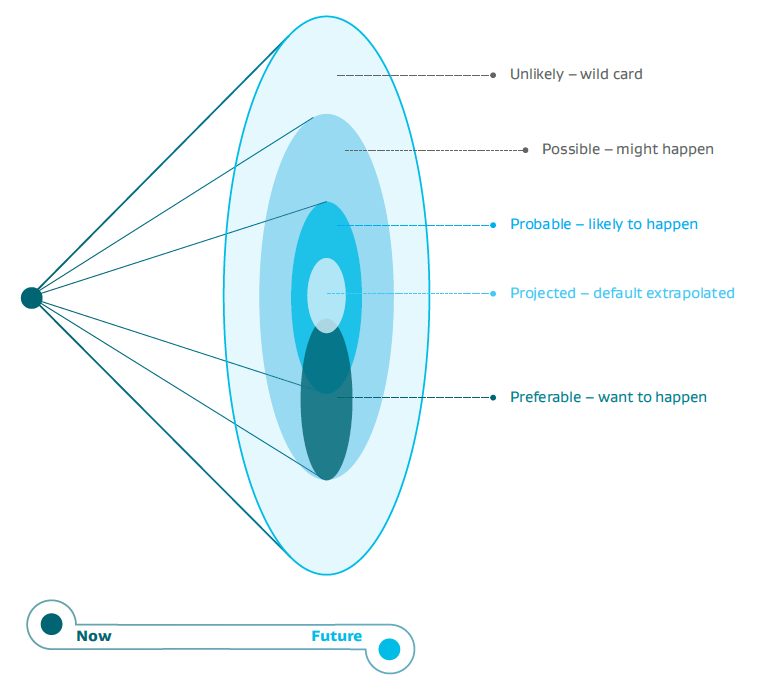Annex One: Process and methods for developing this Briefing
On this page
Process of development
This Briefing was developed in accordance with the Public Service Act 2020 requirements for Long-term Insights Briefings, and informed by guidance prepared by the Department of the Prime Minister and Cabinet (DPMC). The development of a Long-term Insights Briefing requires two steps of public consultation: the first to inform the Chief Executive’s selection of a subject, and the second on a draft Briefing.
Our approach to this has involved seeking written submissions during public consultation phases, as well as meeting in person with a range of people and organisations to inform our thinking throughout the process. We grouped our work into three main phases. See our website for copies of all key documents.
Our Long-term Insights Briefing on the future of business for Aotearoa New Zealand
Phase 1: Selection of the subject of the Briefing
MBIE began engaging on its proposed subject at the end of July 2021, supported by a consultation document published on MBIE’s website. This engagement tested six potential trends that could be explored in the context of the Future of Business. These were: stakeholder capitalism, Māori business, Pacific business, social/purpose-driven enterprises, circular business, and advanced digital businesses.
What does the future of business for Aotearoa New Zealand look like?
We received feedback from 31 individuals or organisations: 15 businesses or business groups; six Māori businesses; seven government agencies; one academic and two labour/population representative groups. A summary of feedback from Phase 1 is published separately on the MBIE website.
Draft Long-term Insights Briefing on the future of business for Aotearoa New Zealand
Following this process, MBIE chose the subject Future of Business for Aotearoa New Zealand, with two ‘deep dive’ themes: purpose-led business and the use of blockchain technology. This decision took into consideration the consultation feedback, as well as other factors such as resourcing, expertise and where MBIE could add the most value.
Phase 2: Development of draft Briefing
For the development of the draft Briefing MBIE received input from an additional 32 individuals or organisations (most different to those involved in the subject selection stage); 12 businesses or business groups; eight Māori businesses; five government agencies; and seven academics/thought leaders.
Phase 3: Finalisation of the Briefing
A second public consultation period in May–June 2022 allowed us to test our ideas more widely. This involved publishing the draft Briefing on MBIE’s website and inviting submissions or engagement with us through public and targeted communications. Through this period we hosted two public webinars, 15 meetings or workshops, and received 23 written submissions. A summary of the feedback received is available separately on the MBIE website.
Futures thinking tools
We used a range of long-term or futures thinking tools to develop our insights, supported by guidance from DPMC (DPMC: The Policy Project, 2022).
Scanning
Used at the early stages of the project to structure our identification of drivers, megatrends and business trends using a range of types of information, from formal to informal or speculative, and across ‘STEEPV’ categories of ‘social, technological, economic, environmental, political, and values’.
Trend analysis
Drawing on a LEnS model which recognises trends as being linear, cyclical or exponential, the latter driving complex system-wide impacts (World Economic Forum, 2021).
Futures triangle
We drew on the futures triangle framework, a foresight tool developed by Sohail Inayatullah that uses three forces: the weight/strength of history, the push of today, and the pull of the future. We modified this by drawing on Māori concepts of past, present and future, represented as pae mahara, pae herenga and pae tawhiti:
Pae means a platform, or horizontal surface. We think of this as a vantage point for considering the future.
Mahara means to remember or bear in mind. For Māori, the memory and mana of tūpuna is taken into consideration in decisions for the future, reflected in the whakataukī “ka mua, ka muri” – walking backwards into the future. We used this to reflect on how business has evolved over the past hundreds of years in Aotearoa and how this creates patterns of business practice that may have persisted or be changing.
Herenga means obligation, requirement, connection. This relates to the global drivers such as climate change and demographic change that are influencing the context for business.
Tawhiti means the distance, horizon, or in the long term. The pae tawhiti sections draw on the thinking developed as part of pae mahara and pae herenga. Pae tawhiti is important to envision the future, as well as to inform pae herenga, the decisions of today.
Futures cone
The Futures cone model, Figure 7 is often used to classify a range of alternative futures (Voros, 2003). This Briefing has a focus on trends that inform probable futures, as well as some wider possible or unlikely futures reflecting uncertainties and assumptions. We have not focused on projected or preferable futures.
Figure 8: Adaptation of the Futures cone, used to explore the Future of Business in this Briefing.

Text of figure 8.

